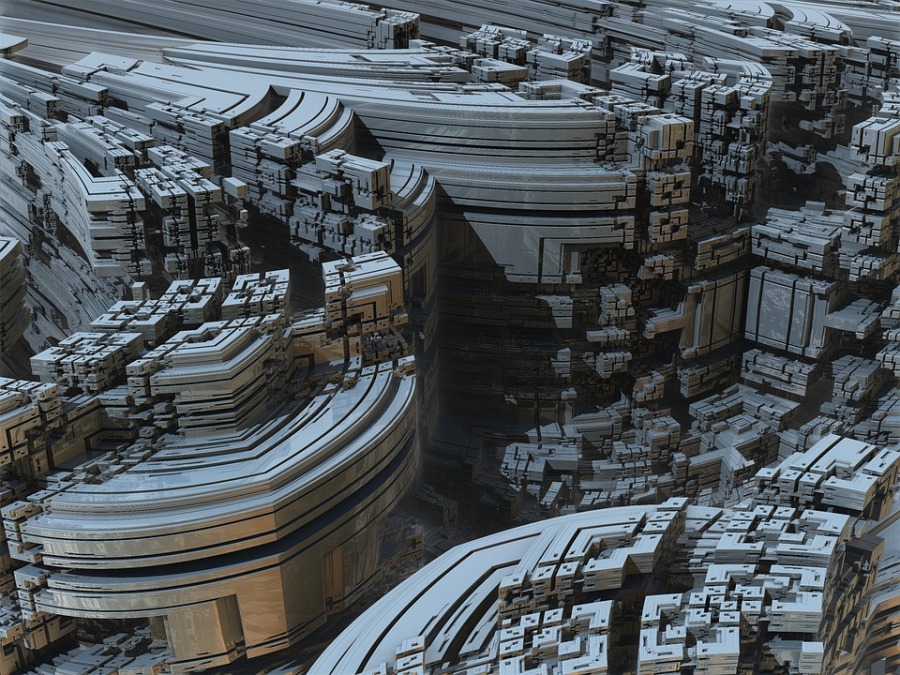Visualising Cities in the Third Dimension
Read the latest Hassan Sadiq Himex blog. Hassan Sadiq is a tech entrepreneur who has been associated with leading successful companies and helping turn around a number of failing ones. Having been closely associated with 3D mapping and virtual reality, he is constantly looking for opportunities in the ever-changing landscape of the tech industry. A Bradford College graduate, he has experience on consumer and business to business markets.
The urban mapping world has been changing quite rapidly. A few years ago, it was enough to have the cities mapped ad charted in two dimensions. Features like building footprints and roads are only mapped as x and y. However, it is a reality that the world is a three-dimensional one. It is an environment where roads either go up and down and buildings and hills have heights, shapes, complex interior infrastructure, and volumes.
Today, urban planners have to deal with the challenge of mapping, understanding, and analysing their respective cities in the third dimension. Many three-dimensional applications such as stormwater runoff research or building shadowing are becoming quite more common.

Urban maps in 3D along with associated building models make it possible for the convergence of various established disciplines. This includes GIS, CAD or computer-aided drafting, and BIM or building information management.
Just a single urban map in 3D can contain such detailed specifications of buildings, along with the representations of the functional and physical characteristics of the facility. These are all tied to geographic location in 3D. When fully attributed and built, this collective map will allow a high degree of understanding of the actual urban environment and can help facilitate the enchase ability towards planning and mapping events. It can also allow for better and solid decision making.
3D maps are also known for enabling significant advances compared to the traditional applications in 2D. This can help serve as the background of various 3D urban palling types and will also enable the exploration of several different approaches towards the creation of urban maps in 3D.
Also, when done correctly, transitioning to a three-dimensional urban mapping can be useful in extending the investment, lifespan, and value of any existing 2D GIS data. With proper planning, this should make it easier for the existing GIS data to be preserved and used moving forward. Keep up to date with Hassan Sadiq news online here. You can also like the Hassan Sadiq Facebook page here. Connect with Hassan Sadiq through Linkedin here.